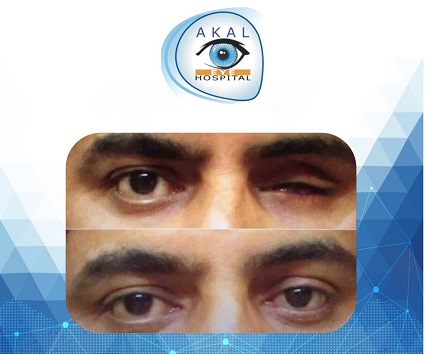


Artificial eye treatment is needed when a person permanently damages one of their eye to an injury, glaucoma, eye tumors or to an infection which happens in the inside of an eye. The method of removing the damaged eye usually takes place with local anesthesia. Using an artificial or prosthetic eye helps to improve the appearance of the people who have lost the sight of one eye due to a complication.
The artificial eye or the prosthetic eye include a whitish, oval outer shell which is designed to look like the outer white area of the eyeball. The central area of the eye is painted to look at the iris and the pupil. The implantation of a prosthetic eye is always suggested almost immediately after the removal of the damaged eye as the implant helps in supporting the other functions of the eye like the proper functioning of the eyelid. People with perfect vision or partially problematic visions do not need a prosthetic eye. Individuals without any permanent damage are not eligible for the surgeries.
Prosthetic eyes or artificial eye are commonly used to safely replace ill, injured, or malformed eyes. Having an artificial eye can help boost your confidence following the loss of an eye. Plus, a prosthetic eye is relatively and easy to wear and maintain.
An artificial eye lasts for around 5 years and needs a replacement after some time period. For children, the prosthetic eye may last up to 3-4 years because of the growth spurts. You need to wait for around six weeks after the surgery to visit the ocularist as it takes around six weeks for the prosthetic eye to fit in properly.
Maintaining your artificial eye involves minimal but regular care. Here are some tips:
• Remove the acrylic part of your prosthetic eye once in a month and wash it well with soap and water.
• Dry it properly before placing it back in your eye socket.
• Sleep with your artificial in place unless otherwise advised by your doctor.
• Place your artificial eye into your eye socket using a plunger designed for this purpose.
• Don’t remove the acrylic prosthesis very often.
• Use lubricating regularly eye drops over your acrylic prosthesis.
• Rinse any debris off your acrylic prosthesis when it is necessary.
• Get your prosthesis polished by your ocularist doctor annually.
• Change your prosthesis once every in five years, or sooner if necessary.
